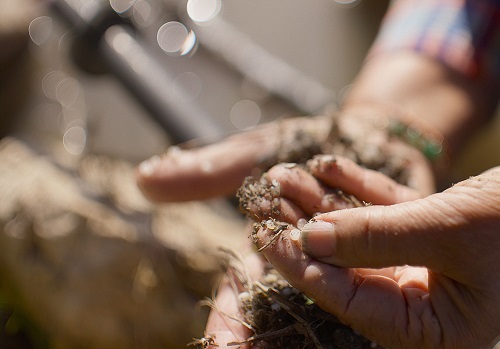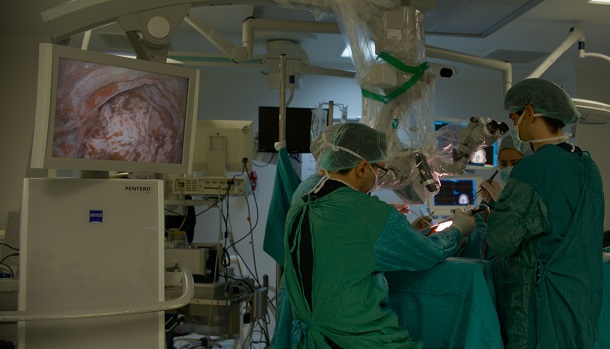In a world where over 1.5 billion plastic bottles are bought daily and microplastics – found in oceans and soil – are eaten by every level of the food chain, it shouldn’t be surprising to learn that plastic poses a real danger to human health. A new documentary makes those findings frighteningly clear.
Plastic People: The Hidden Crisis of Microplastics delves into the devastating impact of plastic pollution. The film reveals how plastic – which seldom disappears – breaks down into microscopic particles which permeate our environment, from the air we breathe, to the water we drink, and the food we eat. Exploring the harmful effects caused by society’s addiction to plastic, the documentary introduces us to scientists, medical professionals, journalists and researchers undergoing studies of these particles in our bodies. The results are shocking: microplastics are found in organs, blood, brain tissue, and even the placentas of new mothers. Terrified viewers may find themselves with one question: can anything be done about it?
To discuss that question and more, SEE Change sat down with Rick Smith, subject and executive producer of the documentary, and president of the Canadian Climate Institute.
Rick Smith is the executive producer of Plastic People & president of the Canadian Climate Institute
What was the impetus behind your involvement in this project? Why was it important to you? Why now?
We wanted to create a film that makes positive change in the world. Plastic pollution isn’t just an environmental problem: it’s an urgent threat to human health. The science on this is so recent it’s not widely understood by the public and we wanted to change that through this movie. We have an opportunity this year, together, to start solving the plastic pollution crisis. The countries of the world are in the middle of negotiating a new global Treaty and we look at the film as a contribution to this critical discussion.
With all the research you’ve seen, can you say definitively that these small particles of plastic are harmful to everyone?
It doesn’t matter where you live. It doesn’t matter if you’re rich or poor. It doesn’t matter how you live your life. The current evidence is that microplastics are in all of us and they’re creating major health problems.
Is there something the average person can do today to reduce those harmful effects?
As consumers, anything we can do to reduce our exposure to plastics helps. The next time you’re in the grocery store, look for products that don’t come wrapped in plastic. But the only lasting solution is to change laws to ban unnecessary uses of plastic, and to get rid of the more toxic formulations of plastic.
Over the years, our concerns around plastics were typically focused on environmental harm. This film hits home more personally. Do you think this personal impact will be the thing that finally spurs real action?
The recent evidence that plastic is a major threat to human health is a game-changer. If you’re the plastics industry, there is simply no satisfactory excuse for the study last month that showed microplastics clogging the arteries of heart and stroke patients, or the recent study showing measurable year over year increases in microplastics levels in human placentas. You couldn’t ask for a more visceral argument. This is about the safety of our kids. There’s a tonne of energy behind finding a solution to this new and dangerous pollution. Actions are accelerating locally, nationally and internationally.
Are there enough regulations/policies in place to encourage change? What more needs to happen?
We need to ban unnecessary uses of plastic (40% of all plastic produced is for single-use items.) Some plastics are more toxic than others. We need to get rid of the most dangerous kinds. And we need to ensure that our reuse, recycling and waste disposal systems are totally rebooted. Recycling as it’s currently conducted is a miserable failure. Less than 10 percent of plastics globally are actually recycled. The rest is thrown out and winds up in the environment degrading into tinier and tinier particles, many of which we then reabsorb into our bodies through inhalation or ingestion.
The film will be accompanied by an impact campaign to empower viewers with knowledge and encourage positive change. Where can we find more information?
People should check out our website PlasticPeopleDoc.com for more information as to how they can get involved. We have some easy tools for them to get a hold of their governments to demand they support a strong and effective global Plastics Treaty. We have a once-in-a-generation opportunity to turn the tide on plastic pollution in the next year.
Check out upcoming screenings of Plastic People at a theatre near you. The film will also stream on the Telus platform in June.



